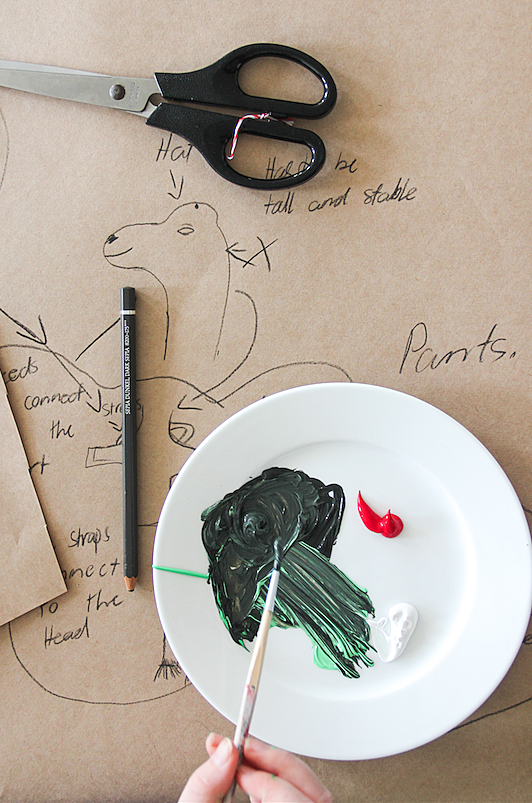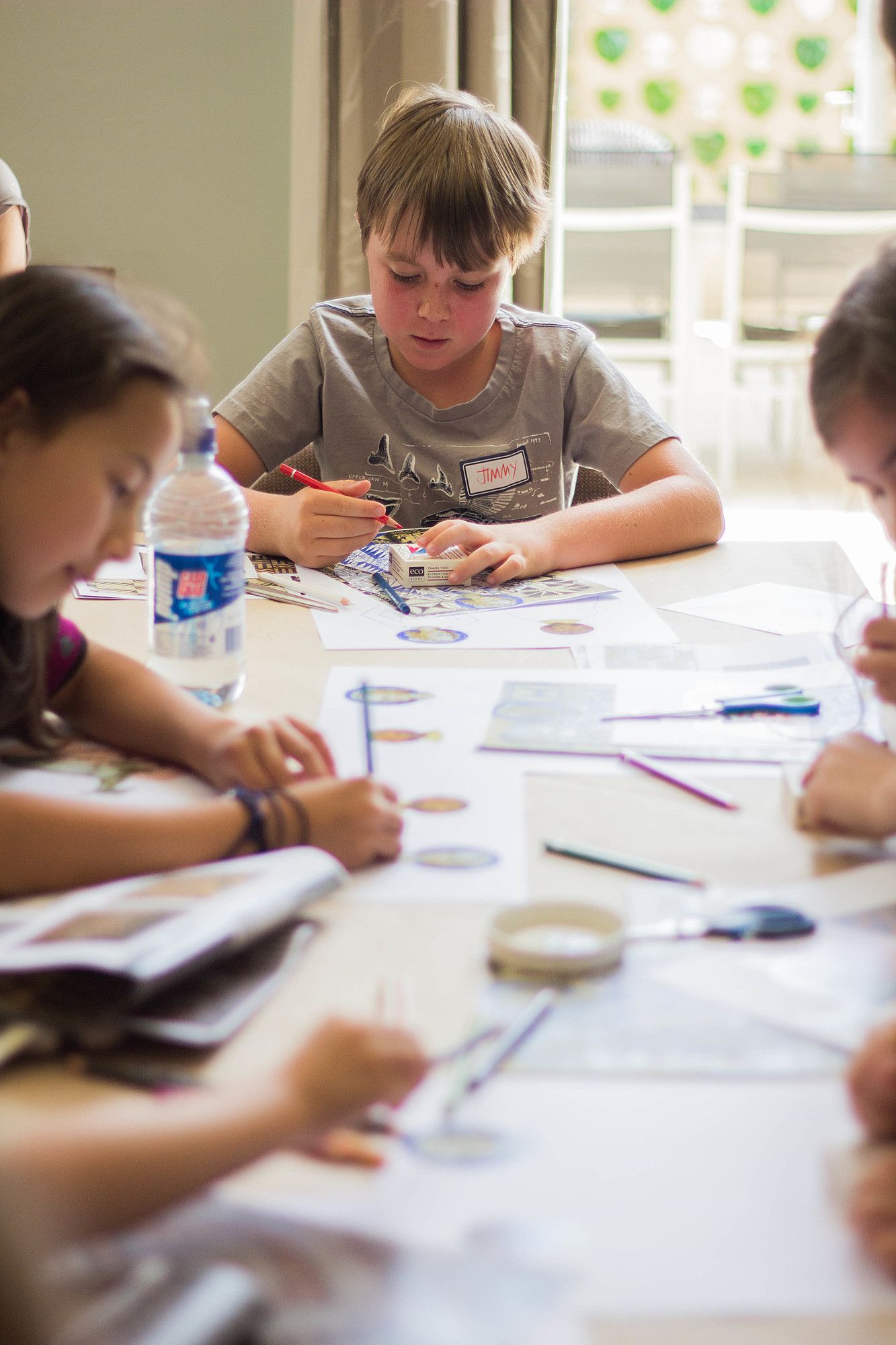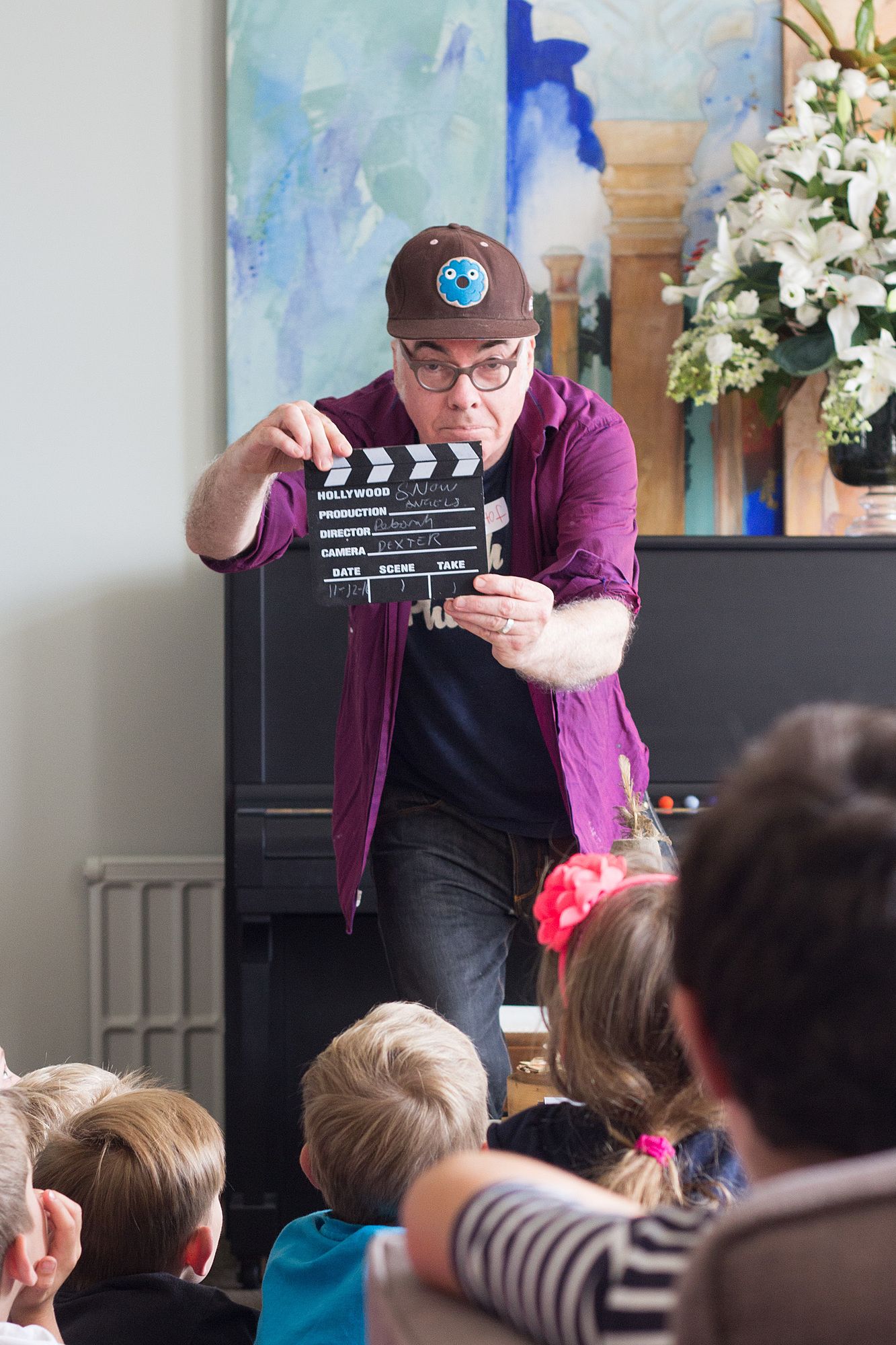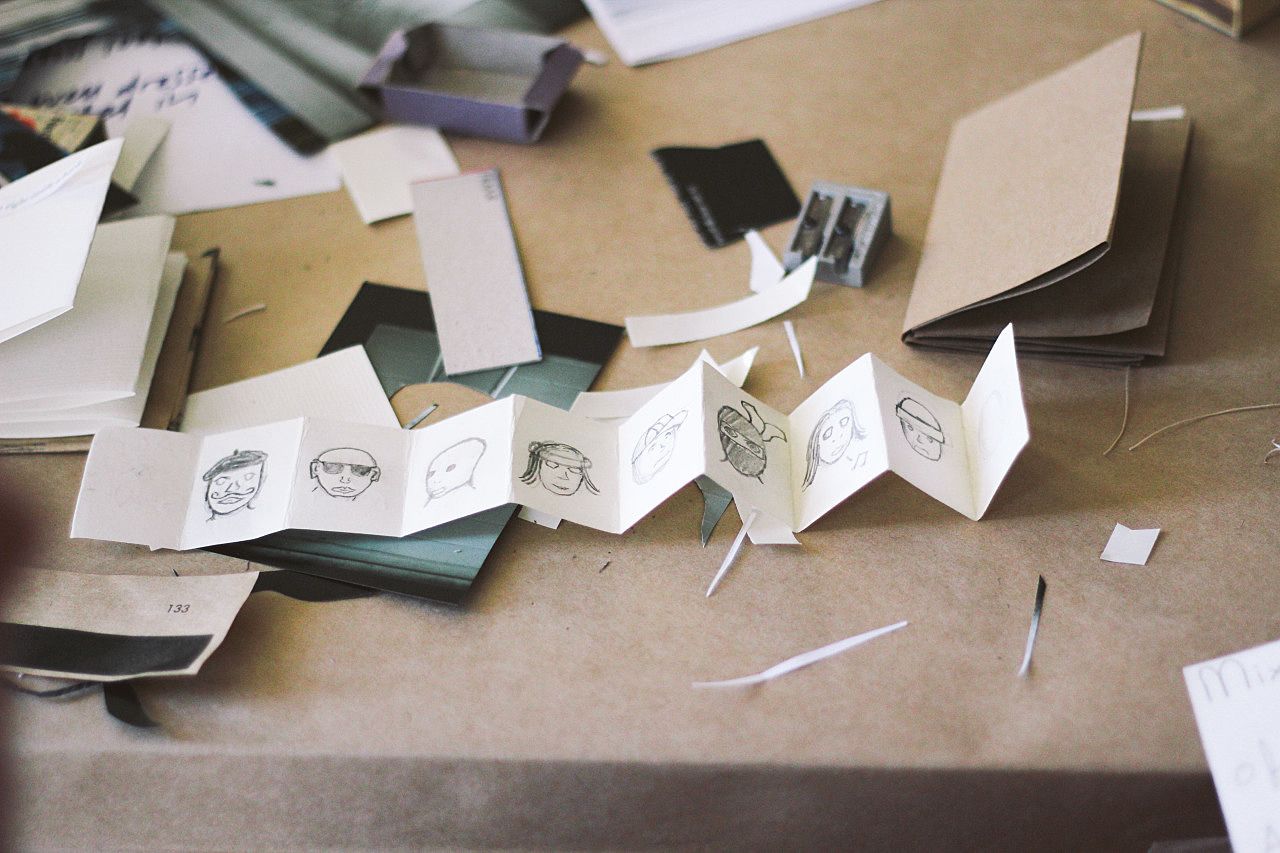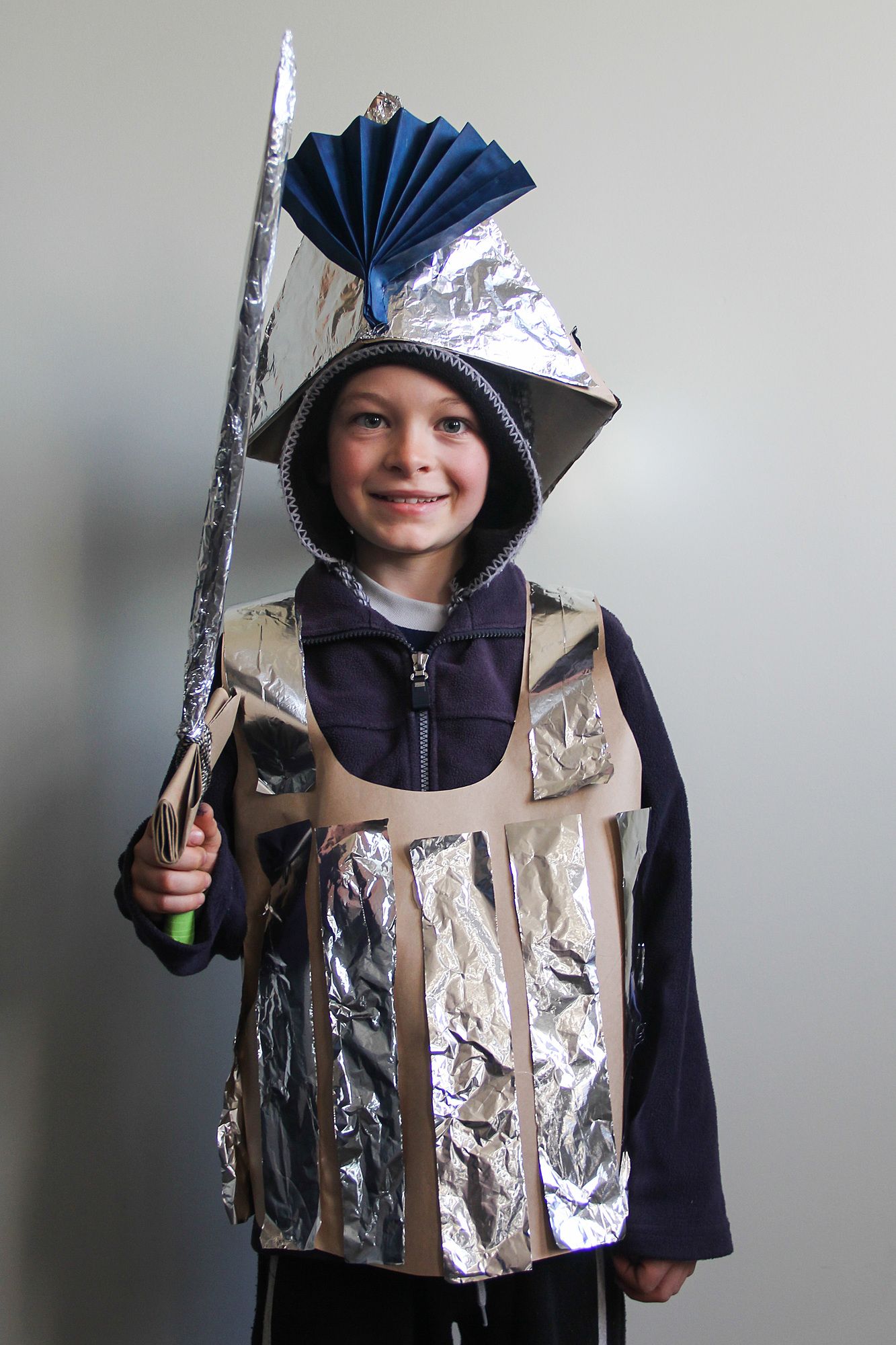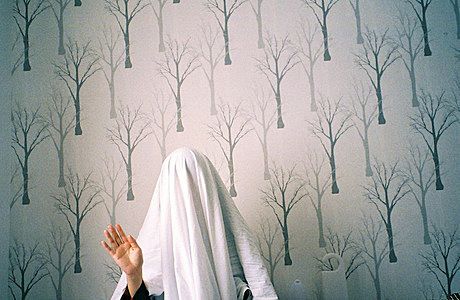Contemplating the Absence: Children's Grief and Art
Eloise Callister-Baker attends a art workshop for grieving children, and asks whether we can still find something in loss.
Eloise Callister-Baker attends an Auckland art workshop for grieving children, and asks whether the ritual it allows lets its participants construct something out of loss.
“We’re here because we have had someone close to us die. And death sucks,” says Deborah Smith at the beginning of a Cloud Workshop session.
There are 18 children in the room, some who are only 5 years old. Each child is grieving – a family member has died, or has a life-threatening or terminal illness. But none of them are there to imitate the pressured epiphany-having and self-revelation of (for example) an AA meeting. They also aren’t there to hear about death dressed up in gaudily packaged metaphors.
Instead, after a few more words on death about as straightforward as those above, Deborah introduces a revolving lineup of visual artists: Emma McIntyre, John Reynolds, Lorraine Smith, Nicholas Stevens, Marilyn Sainty, Dexter Murray, Harry Were, Claire McLintock, Felix Henning, Jane Ruck, Aria Newton, Helen Schnabel, Viv Stone, Derya Parlak and Paris Mitchell. Suddenly, the room erupts with activity. For three and a half hours the children get to work on making their own contemporary art and, just maybe, feel the immersing and meditative power that being creative can offer, its moments of release from a yawning loss.
After Smith graduated from Elam School of Fine Arts in Auckland, she practiced as a photographer and teacher. Since 2008, she tells me she has found a new sense of fulfilment running Cloud Workshop. “It’s really lovely getting your work in a public gallery or getting some acknowledgment,” she says. “But I think you can get to a certain point when you ask yourself - how many times do I need that?”
This feeling is intimately connected to Smith’s own experience. She understands the territory each of the children who attend are entering. Smith’s father died from melanoma when she was 18 (the eldest of four, her siblings were 11, 14 and 17).The grief, and responsibility she felt was immense. “You look at your siblings and your surviving parent and just see your own pain reflected back to you in a distorted way.”
As years passed, Smith realised she still couldn’t find any programmes or workshops for bereaved children that channelled that pain. New and old cycles of grief repeated around her - her friend’s husband died of melanoma, leaving behind his wife and three children, while she was also contemplating her own brother’s continuing drug addiction that began soon after their father’s death. She became determined to devise an alternative.
In 2008, Smith and another artist, Melissa Anderson-Scott, who works at the Mercy Hospice in Auckland, created “a constructive project about death” called Cloud Workshop. The name, she explains, acknowledges children’s imaginations and the way they might use certain concepts (including those of an afterlife) to comfort themselves if people close to them die.
Every year, Cloud Workshop runs eight free sessions for children between 5 to 18 years old. Although Smith and Anderson-Scott initially encountered reluctance due to misconceptions about what it actually involved, or preconceived notions of how quasi-therapeutic projects should be run, interest in the workshops gradually increased. Numerous theories on bereavement and grief exist - encouraging the distraction of physical exercise and socialising, hypothetical exercises of how life might look without the loss - but the ideas that Smith found most concerning were notions that children are resilient and do not need the directed activity of a project like Cloud Workshop - at best, that children should only be given a pad and pencil to make art or express themselves. “We are not offering art therapy or therapy - we are not trained therapists, says Smith. “But I believe we are accidentally and surreptitiously therapeutic. The feedback and anecdotes we get from parents and caregivers back this up.”
Some signs, like one with a lone octopus drawn in its centre, represented an enigmatic protest, while others served as announcements, affirmations, declarations of absurd intent: “Your the cats pyjamas!”, “put the lime in the coconut and shake it all up”.
Now, each workshop is fully booked with a waiting list, often with the same children repeatedly returning. Scaling to meet demand is a big ask for now. The workshops continue to be funded by Smith, her husband, Nicholas Stevens, and the voluntary support of friends but “When I win Lotto, we’re going to have a proper room setup and [a workshop] every month – at least” she jokes. This would include a prermanent venue for their own that “we could have permanently set up to enable a lot more and different types of Cloud Workshops.” Ideally, they would offer teenager-only workshops, and sessions that focused on children who had experienced particular types of bereavements, such as suicide.
Part of the success of the workshops can be attributed to the volunteers, who quietly stand by to help children with the art-making process, or have a chat. For a few hours, they take over from the surviving parents or caregivers, who seem to welcome the time to themselves that the workshop gives them.
Emma McIntyre is an artist and postgraduate student at Elam - her recent practice interests include recasting the grids and lines of abstraction in cloth and quilt-like fabrics, engaging with the dialectic of ‘women’s work’ and its associations with domestic and emotional labour. She was drawn to volunteering at the workshops out of a desire “to do something for other people.” Beyond the opportunity to connect with the children in a time of hardship, she’s also found the children at the workshops have singular and remarkable ideas about art – which often can’t be reduced to depictions of loss and sadness.
Smith aims to make each workshop “topical” and “thrilling.” At recent workshops, the children acclimatise to the space by first baking treats like date and orange scones or earl grey shortbread (this component inspired by artist Olafur Eliasson’s cookbook The Kitchen). They follow recipes in inspiration booklets, which Deborah makes for each session (and that also have poems and illustrations). This initial process makes any newbies to the workshop more confident and “not have a blockage about [what] art is.” Then, the rest of the workshop is centred on projects derived from contemporary art practices.
At workshops run by Auckland painter and sculptor John Reynolds, children first look at an artwork critically to see what it says in terms of experience of the artist. Then the children consider the materials they have and how they can make their own version of the work – as Reynolds explains, “you want to give them some sort of destination, but not prescribe how they get there”.
He particularly enjoys asking the children to make protest signs with handwritten or painted messages, sometimes accompanied by drawings – much like John’s own recent art practices. Some signs, like one with a lone octopus drawn in its centre, represented an enigmatic protest, while others served as announcements, affirmations, declarations of absurd (if somewhat ungrammatical) intent: “Your the cats pyjamas!”, “put the lime in the coconut and shake it all up”.
Reynolds is an old friend of Smith’s and, although he has only ever taught at the tertiary level, he gradually became involved in the workshops. “Before I knew it, I was contributing [to Cloud Workshops] on a regular basis”. Despite being a parent himself, he initially found it challenging teaching children. “If you bore them,” he warns, “they’ll just ignore you.”
But he persevered, with the hope that the children will understand art in the same way he does, an enjoyment he insists isn’t unique or unobtainable. ”Art is for everyone,” he says. “It’s not just for some special audience. It’s something we all own.”
From an overwhelming feeling of loss, the aim is to remind each young participant involved of the enduring power of art to fill, distract from or contemplate that absence.
Several workshops have also been inspired by the American artist Joseph Cornell. Lauded for making some of the most original and self-taught art of the 20th Century, his glass-fronted shadow boxes have been seized on by the children in the workshops, adapted into their own box museum assemblages. Smith tells the children if they want to write any “secret messages to the person they’re missing”, they can.
Grief and bereavement is part of the reason each participant attends the workshop, but the overall aim is constructive. From an overwhelming feeling of loss, the aim is to remind each young participant involved of the enduring power of art to fill, distract from or contemplate that absence. Smith sees it as a skill that will serve the kids well. Irrespective of whether they make it their life’s work. “I tell [the children] that creativity is a fantastic tool because even if [they] want to be an All Black or an accountant or a lawyer or a painter, it’s going to give [them] an edge,” says Deborah.
“No matter how prescriptive the theme is, once it’s been initiated the kids almost direct it,” Reynolds tells me. The flurry of creativity allows children a series of freedoms, which John feels “is the exact opposite to what’s often available for kids in that situation. Instead of freedom they’re probably given all sorts of well-meaning but quite serious parameters to perform in.” ‘
Sometimes, the results show intense emotion. McIntyre has observed in even the youngest children at the workshop how “the pain and anger comes out in the art.” This internal processing does not always manifest itself in the end results, but it is something art allows scope for, a pattern McIntyre sees in her own conceptual painting practice.
American critic and novelist Wendy Lesser has written on how art and in particular music can lessen the distance between death and its mystery. In her book “Room for Doubt”, she beautifully articulates a moment when art allowed her to unfreeze and feel her friend Lenny’s passing.
“I had been carrying around Lenny’s death in a locked package up till then, a locked, frozen package that I couldn’t get at but couldn’t throw away, either...” she writes. “But as I sat in the Berlin Philharmonic hall and listened to the choral voices singing their incomprehensible words, something warmed and softened in me. I became, for the first time in months, able to feel strongly again.”
A connected passion for and involvement in creativity can also give children community, which is another pillar of the workshops. There is no predicting how this community might assemble itself each time and what role art will have in aiding its gathering. But Smith feels that a line from Marilynne Robinson’s 2012 essay “Imagination and Community” galvanises the whole project:
“I have talked about community as being a work of the imagination, and I hope I have made clear my belief the more generous the scale at which imagination is exerted, the healthier and more humane the community will be.”
Children who are grieving, just like adults, need “solidarity with other children or young people who have a fairly good idea of what they’re going through,” says Smith. She describes her own childhood home to me as being very open, “like Grand Central Station for young people.” But when her dad died, she says she felt like she had leprosy. “Suddenly no one would come round, no one would talk about my father [...] I just wanted the odd person to acknowledge him, not to act like nothing had ever happened.”
After its brief mention at the start of the workshop, death does reemerge in various discussions throughout the activities. Smith describes one workshop where a young boy asked a volunteer if her mother was dead. She said ‘no’. The boy replied, in a matter-of-fact tone, that his was. Everyone at his table then openly, and frankly discussed who had died in their family and how. Then, they all got back on with their own creations. What that little boy might have simultaneously created and experienced in this moment, she thinks, is solidarity.
“It’s as much about what they do together as it is about the projects they do,” adds McIntyre. This community is reinforced again when a child leaves the workshops with an artwork imbued with the feelings of that day and thoughts of loved ones.
“Art is so often a person in a room by themselves making artwork. It’s very solitary,” says Reynolds. Cloud Workshops allows children focus on their own projects, but do so surrounded with peers who are in a similar place. “I think that shared aspect is actually a key to the success of the workshops [...] kids who might not have met each other or who are different ages are suddenly in a room full of other kids who have suffered the same kind of calamity in their lives and finding the opportunity to explore that.”
We may celebrate death in the abstract through the arts, but talking about death and creating art in its wake are both kinds of rituals that aren’t practiced enough in western communities. There are plenty of go-to (and maudlin) songs and poems - but out of fear of making someone uncomfortable, most people do not name death directly when they themselves or people they know experience loss. And out of rigid ideas of who can create (Eric Clapton wrote 'Tears of Heaven', but you couldn't carry a tune), they steer clear of exploring these difficult concepts in any creative way. After American writer Meghan O’Rourke’s mother died, she wrote “The Long Goodbye,” a memoir of her mother’s death.
In her book, O’Rourke contemplates the lack of rituals in our culture for “for observing and externalising loss” and, for those grieving rituals that do remain, their shunning to isolated, private spheres. O’ Rourke writes, “Rituals used to help the community by giving everyone a sense of what to do or say. Now, we’re at sea.” In their projects, observers and creators like O’Rourke and the children who attend Cloud Workshop tap into and address processes that are hard to name, but seem inexplicably important once described.
As Smith discusses the Cornell-inspired projects, she’s reminded of another quote, this one from American photographer and writer, Diane Arbus. “A photo is a secret about a secret, the more it tells you the less you know.” When the children at the workshop invite a volunteer to look at their messages hidden inside matchboxes in their shoebox museums, often for loved ones who have died, a world is partially revealed to the volunteer. They can tell where it’s been marked by tragedy, but there’s also so much more, just out of sight. The hope from the afternoon is that this can gently encourage the children to explore and better understand that great unknown, and that they in turn can direct what they learn towards a world of creativity, community and solidarity.
All photography by Dexter Murray.
